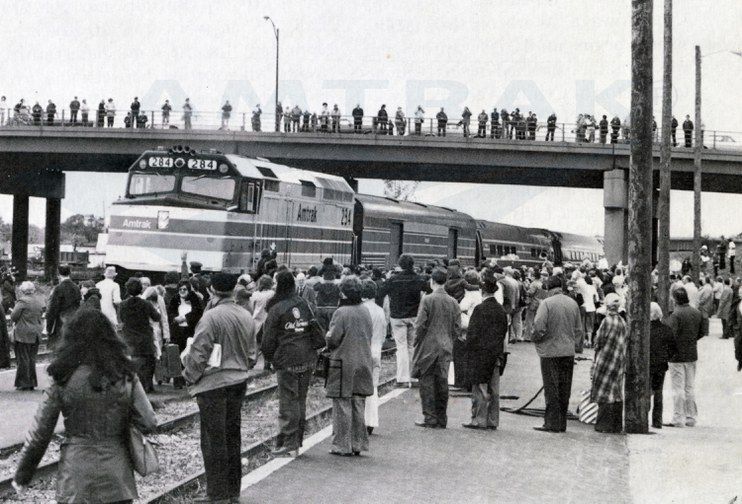
Railways That Changed Niagara Falls
With the advent of the railway system in the United States, new jobs, people, and travel opportunities came to Niagara Falls, NY.
Our story begins just seven miles north of Niagara Falls in Lewiston, NY. This is where America’s first railway was built in 1764. The wooden railway was used to haul goods and supplies headed to Niagara Falls up the incredibly steep Niagara Escarpment.
By 1845, nearly 50,000 sightseers a year visited the Falls. Railway promoters knew they could double this figure if they could find a way
to bridge (quite literally) existing rail lines across the Niagara Gorge. In those days, traveling by railroad was becoming more affordable; it was no longer a luxury for just the upper class.
When Charles Ellet built a suspension bridge across the Niagara River in 1848, there was immediate demand for a railway bridge. In 1855, John Roebling added an upper two-deck railway suspension bridge to the existing bridge. It was the world’s first railway suspension bridge. Like Niagara Falls, it became an instant tourist attraction.
Since the railroad station was named Suspension Bridge, the village that grew around it--what we call Niagara Falls today—became known as Suspension Bridge Village. Construction of the bridges attracted all kinds of people, from bridge engineers and laborers to businesspeople, shopkeepers, hoteliers, and railroaders. They built new roads and homes where woods and undeveloped land once stood. The village became “a great railroad center” for it “opened a gateway to Canada and the west.”
The railway suspension bridge was also a gateway to freedom for enslaved people seeking refuge in Canada. At night, abolitionists like Harriet Tubman secretly guided freedom seekers across the railroad tracks to freedom in Canada. In November 1856, Tubman, Josiah ‘Joe’ Bailey, and three others from Maryland crossed by train. For these and countless other freedom seekers, the ‘Underground Railroad’ was not a metaphor.
Some freedom seekers stayed in the growing village where they built new lives. The same held true for the German and Irish immigrants who helped build the two bridges. As these newcomers outgrew the small shanties that sprang up along the construction sites, they bought land and built homes in the village.
In 1895, more German and Irish immigrants arrived to help with construction of the Great Gorge Route. For this massive engineering feat, laborers had to cut through stone riverbanks to make way for railroad tracks and electrified trolleys. The Great Gorge Route was considered “one of the most scenic trips in the world.” It brought passengers alongside “the swirling whirlpools and rapids of the Niagara River” and gave them breathtaking views of the Falls.
These are just a few railroads that transformed Niagara.
Hope L. Russell, Ph.D.

